|
This spring as I toiled with all the beautiful perennial plants we sell, I studied flowers kinda like Einstein studied the heavens. I wondered why flowers have the shapes they have, the colors, the flower parts. Some flowers look similar, some look entirely and uniquely different, and I began to wonder “why” on a deeper level.  Bumblebee view of a foxglove blossom at the nursery last spring. Why the tube (keeping unwanted pollinators out)? Why the colors (visible spectrum of bumblebees?)? Why the spots (advertising to bees that there is lunch at the end?)? So many questions but where to find answers??? Harder to see on the top of the tunnel is a band structures that give the visitor pollen, and take pollen from the hair on the bumblebee’s back thusly pollinating. The pollen touches certain flower parts (anther?) and travels up toward the stem fertilizing the ovary then turning into a seed. COMPLICATED!!! It all started when I saw a bumblebee vibrate it’s way up and into a foxglove blossom- colorful, intriguing, and mesmerizing. It was a perfect fit, like when my foot slides perfectly into my six month boots before work- made for each other. Because the relationship seemed preordained, I wondered how many years it took for this particular flower to become so cozy with this particular insect. Knowing the glacial pace of evolutionary change, I concluded that it must be MILLIONS OF YEARS. My relationship with bumblebees dates back decades. I used to pet them as they pollinate. THEY DO NOT CARE. They go on about their business uncaring about the world around them- single minded, focused. Pretty cool characters, maligned in the human’s uneducated uncaring world, the unsung hero pollinators, with honey bees getting all the positive press. 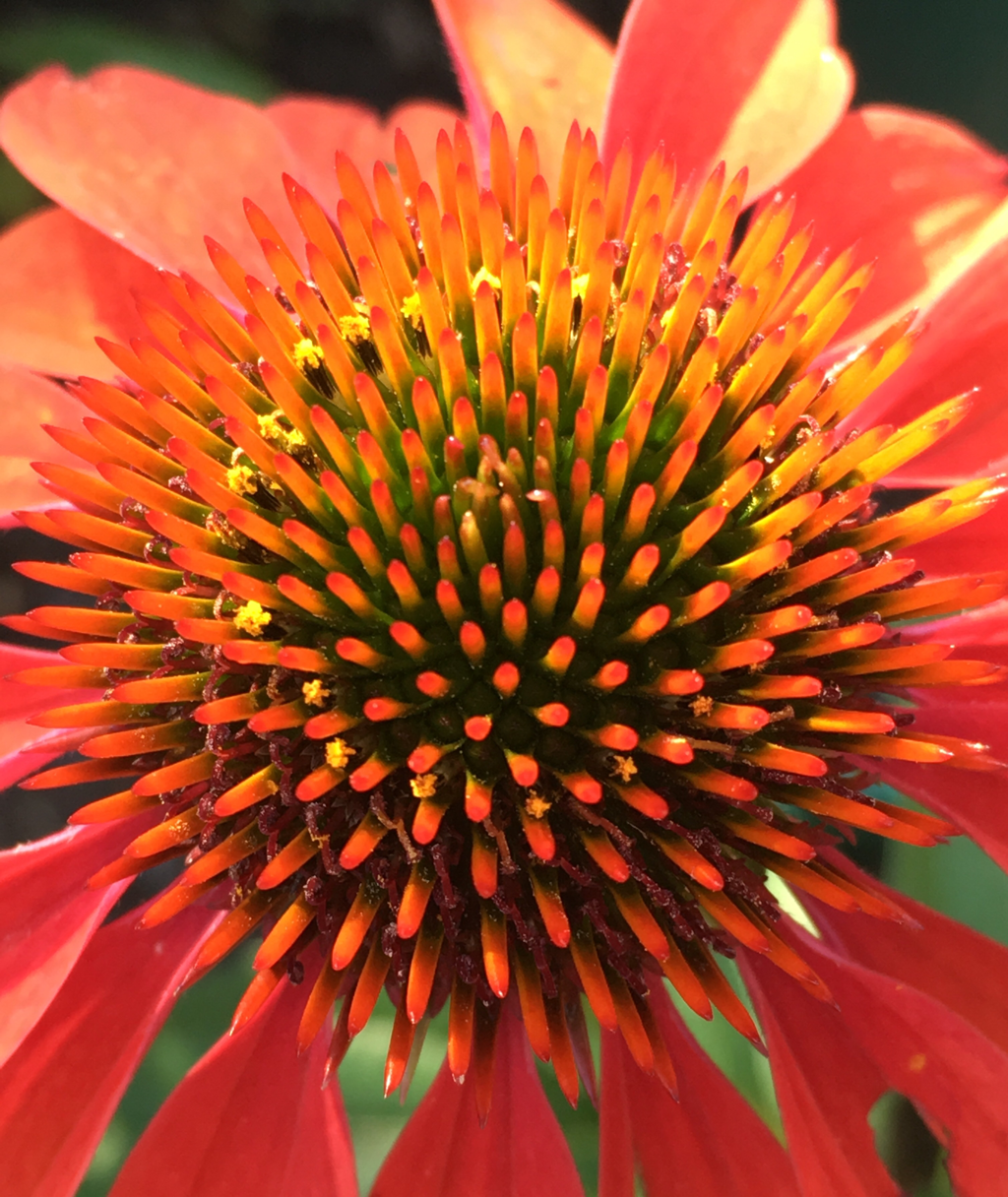 Echinacea feed TONS of forms of life, Pollinators and birds alike. Who can blame them with such beauty. Humans see this flower as the WHOLE THING, yet insects see it for the TINY LITTLE yellow blossoms down deep inside the orange spurs. Insect friends need to lean down deep holding on tightly to pollinate. My questions about insect/flower evolution continued from flower to flower. This echinacea offers lots of feeding stations for every conceivable insect, everyone leaving well-fed. Echinacea flowers do not seem to attract insects with specialized body parts, unlike this knifofia perennial. There’s no place to land. Whomever pollinates this flower has to hover in the air and stick its probiscus way down deep whilst flying. Which insect? Why? Where did this specialized evolution occur, how long did it take to evolve? These and other questions bounce around inside the questioner’s brain with no clear understanding in sight. Out of focus honeybee toiling away last spring on campanula. It’s hard to slow down time long enough to capture some pollinators. Campanula blossom seems pretty easy to land and pollinate. ANY insect can do it. Balloon flower. What the hell? Why does it do this? After it opens, it’s a normal flower but before then, it’s out of this earth wonderfully interesting. Evening primrose flower blindingly stunning. Obviously this flower uses just one attribute to advertise to insects. Delphinium flower with tangled up body parts. How does an insect pollinate it??? Why so complex? It must be to keep out some and attract others, but WHY? Writing this blog takes a lot of time and energy. I took a few days off and now I’m back. The next picture shows Trollius globe flower, native to Russia. I stared at this flower for a long while. I see the brachts. I see the stamens. But what are the vertical flower parts for? Mother Nature wastes no energy making stuff for no reason, so I looked it up on the internet and actually found out what they are and what the flower does with them.
The vertical bars are plant filters, designed to allow a certain pollinator fly in to pollinate yet preventing anything bigger than that tiny fly in. That tiny fly pollinates the flower then lays eggs on the developing ovaries. The eggs hatch then eat no more than 25% of the seeds. The fly Pupates and flys away as an adult, completing its life cycle. The plant, deprived of 25% of its seeds, gets to propagate its species. FINE. But why? This one flower evolved with just ONE insect over millions of years, both developing specialized parts and sizes for a reason, but why? Will we ever know the wizardry of Mother Nature’s secrets? The magnificence of the insect world is lost on humans- we JUST DONT CARE. We better start caring before they are all gone, because it will be millions of years before the earth will ever produce such wonderful beings again. Humans are eradicating thousands of species a day (I made that number up but I’m not far off). What’s it going to take for normal people to give a shit about these wonderfully evolved innocent beings? Link to study on trollius pollination- caution- very scientific! link to study: https://www.bio-conferences.org/articles/bioconf/full_html/2018/02/bioconf_pdcmb2018_00018/bioconf_pdcmb2018_00018.html Comments are closed.
|
Winter hours-
|
Telephone(203) 261-3926
|

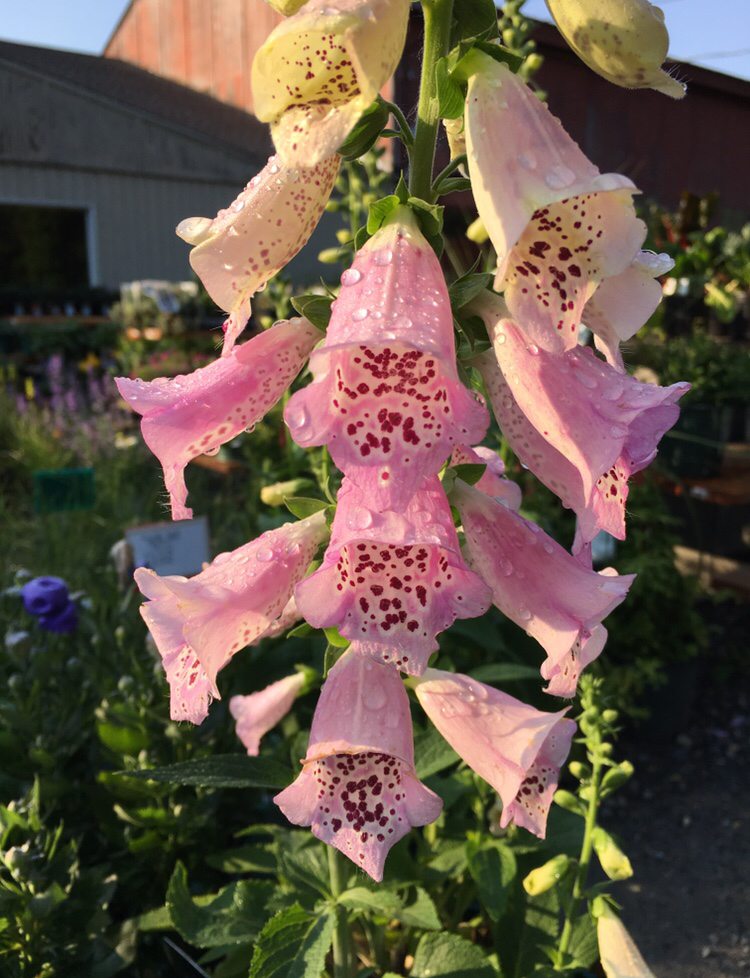
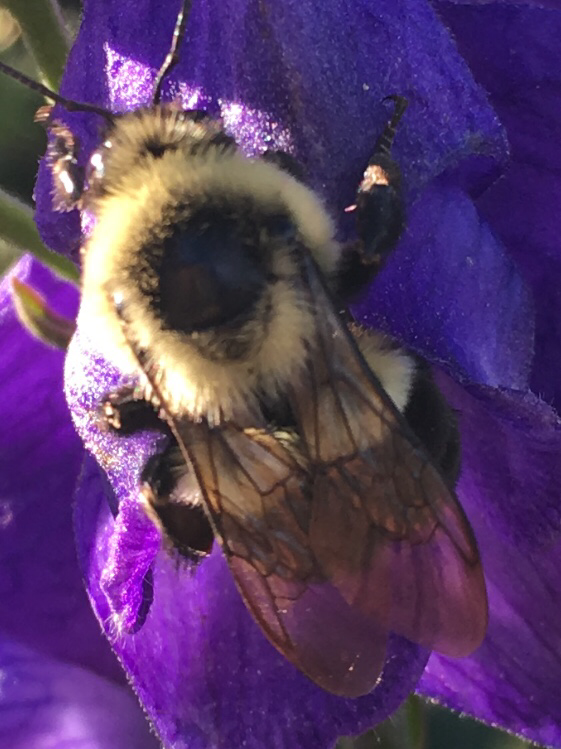

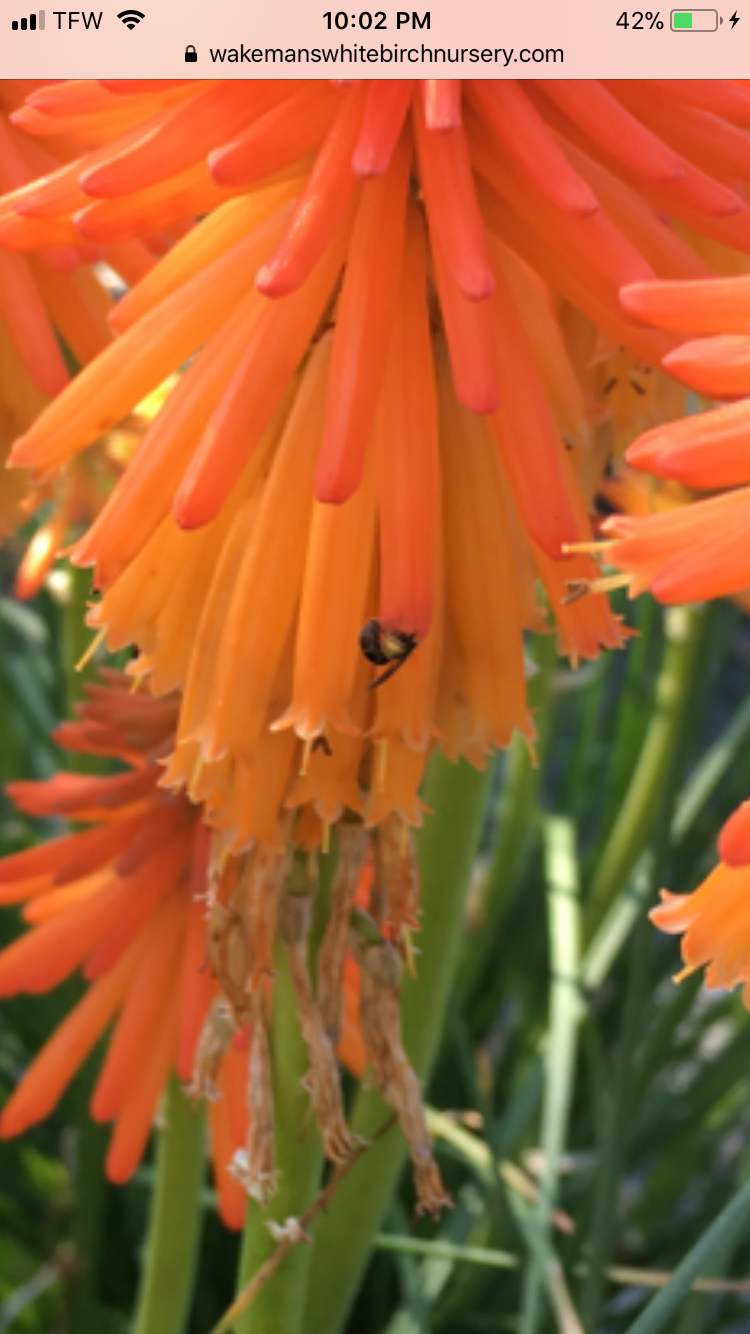
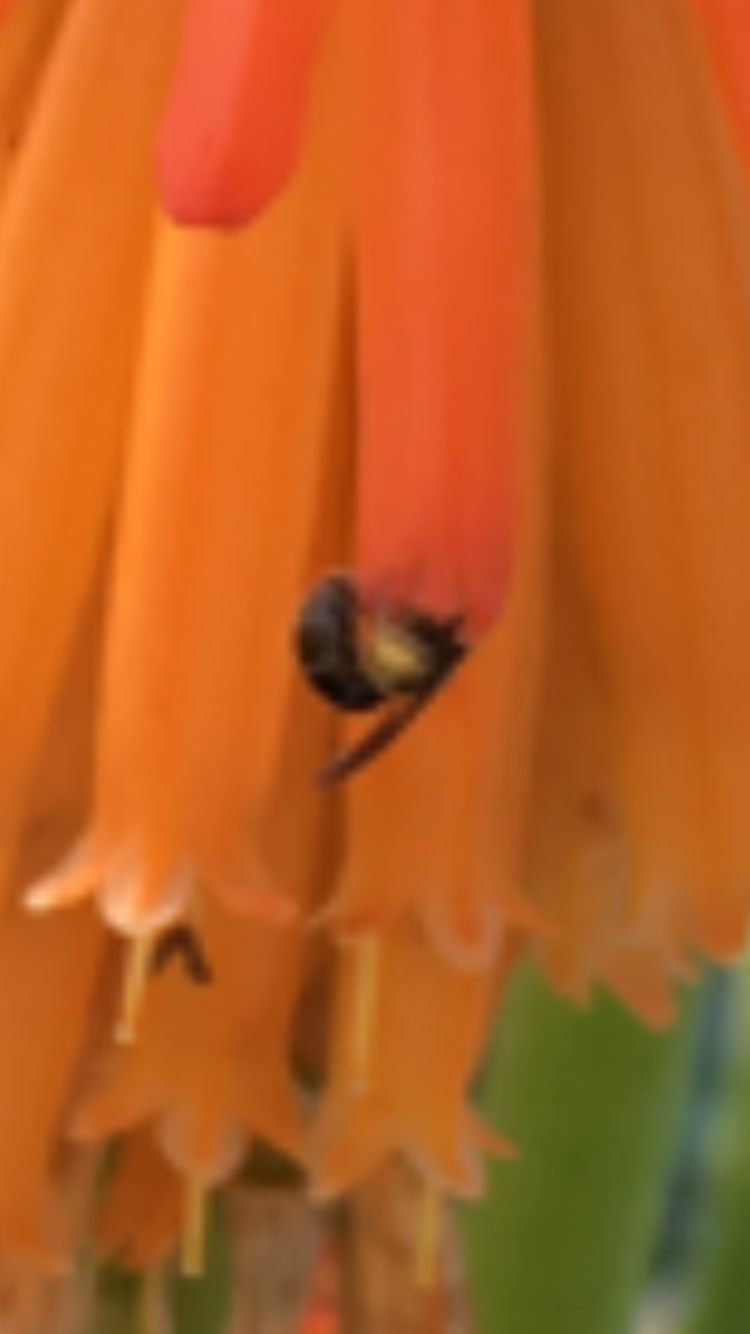
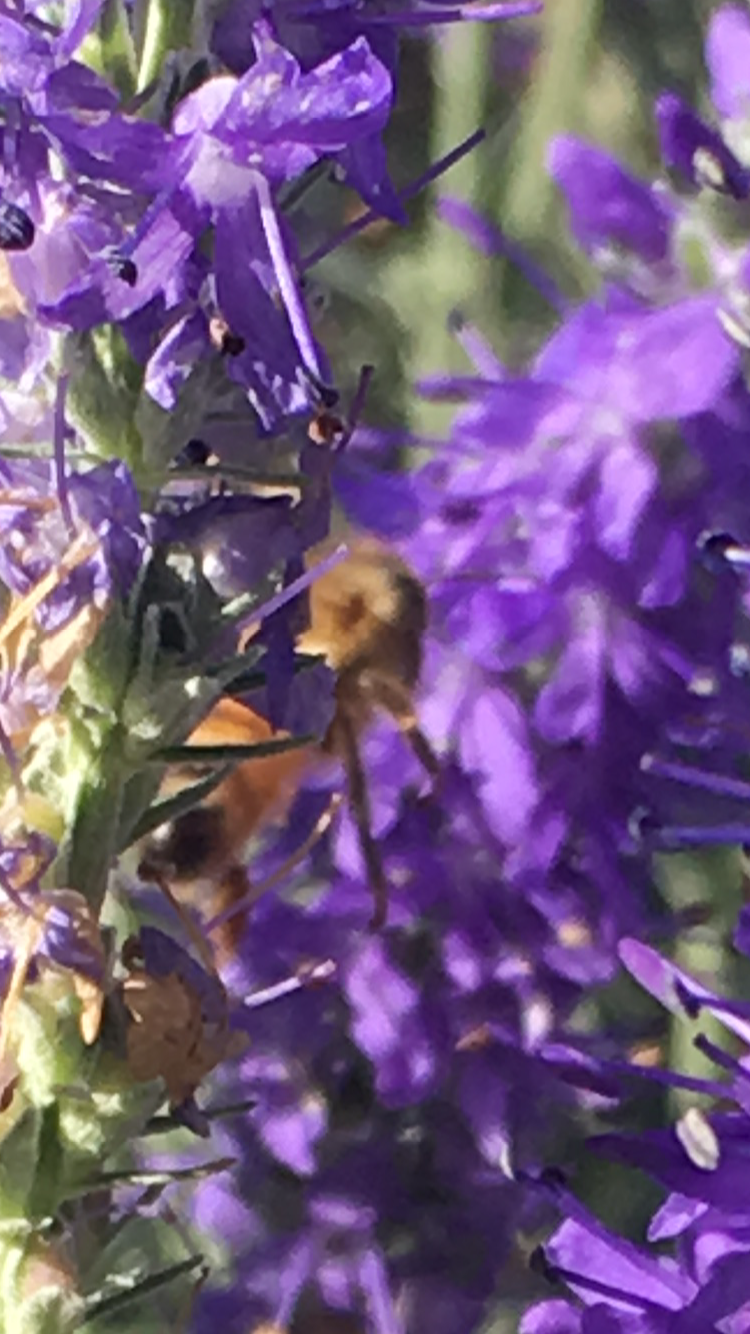
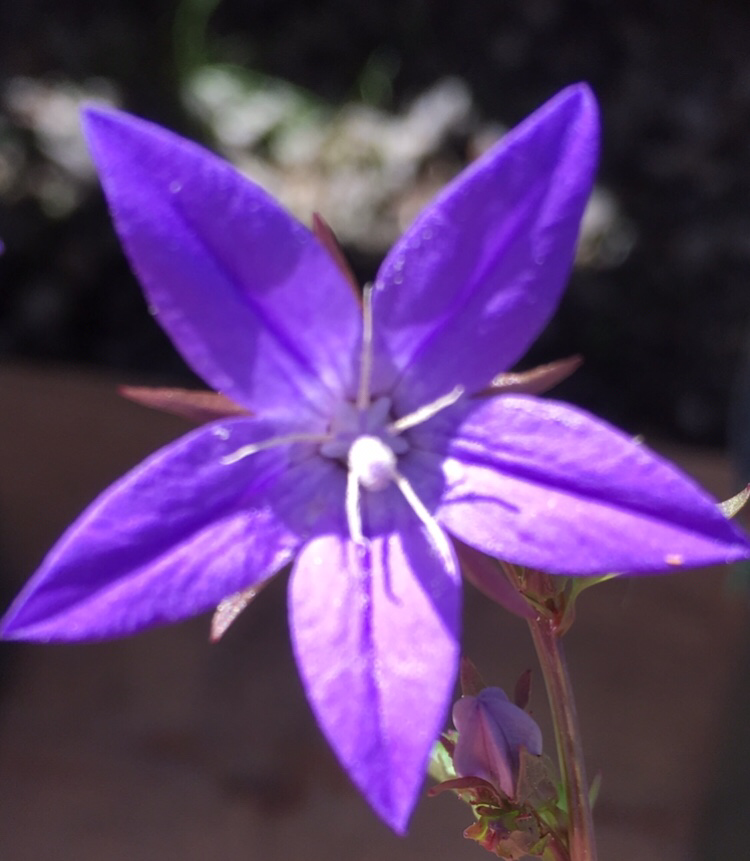
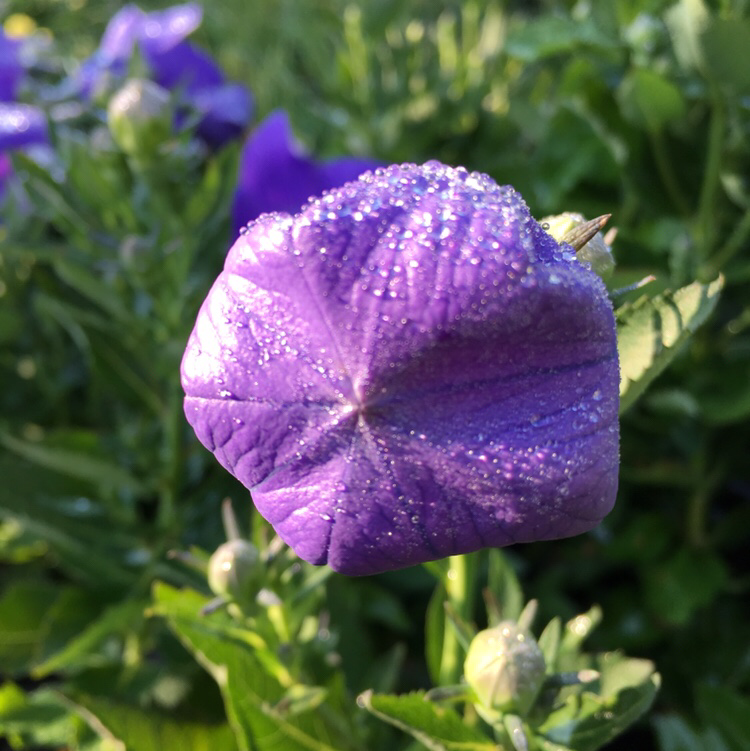
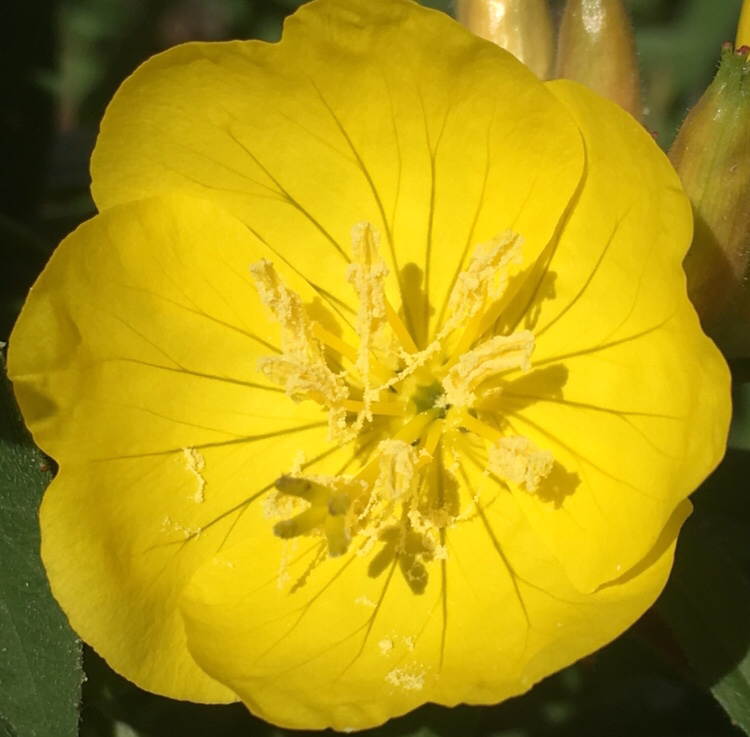
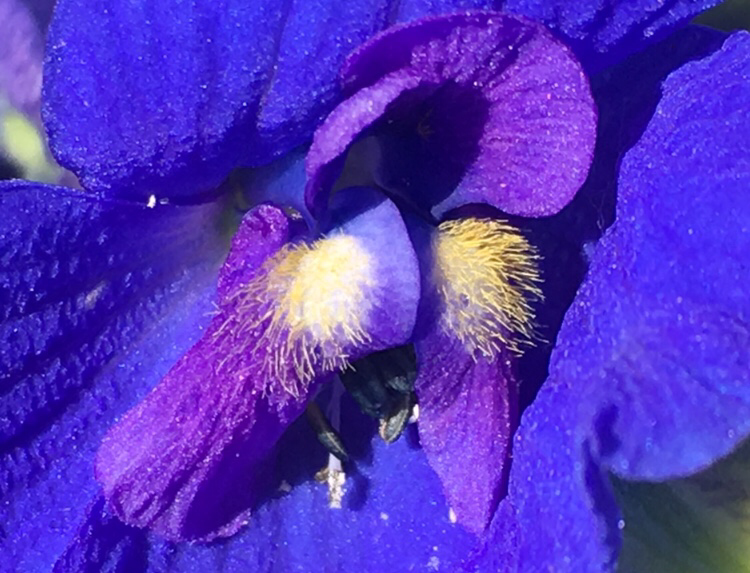
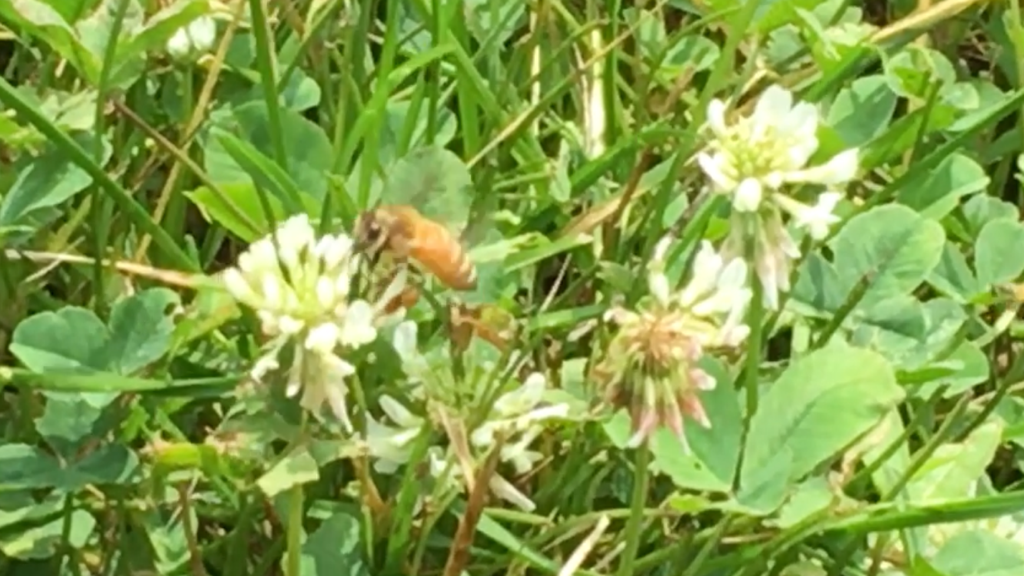
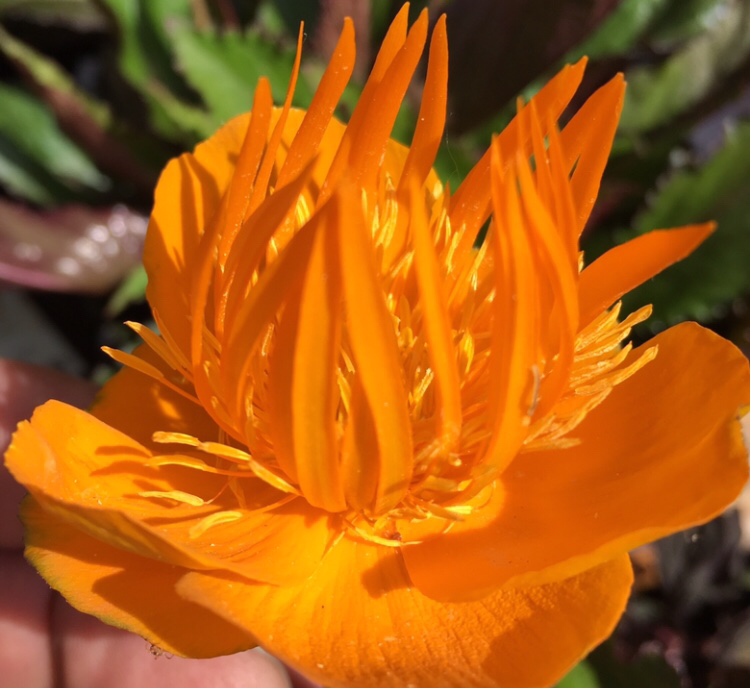
 RSS Feed
RSS Feed